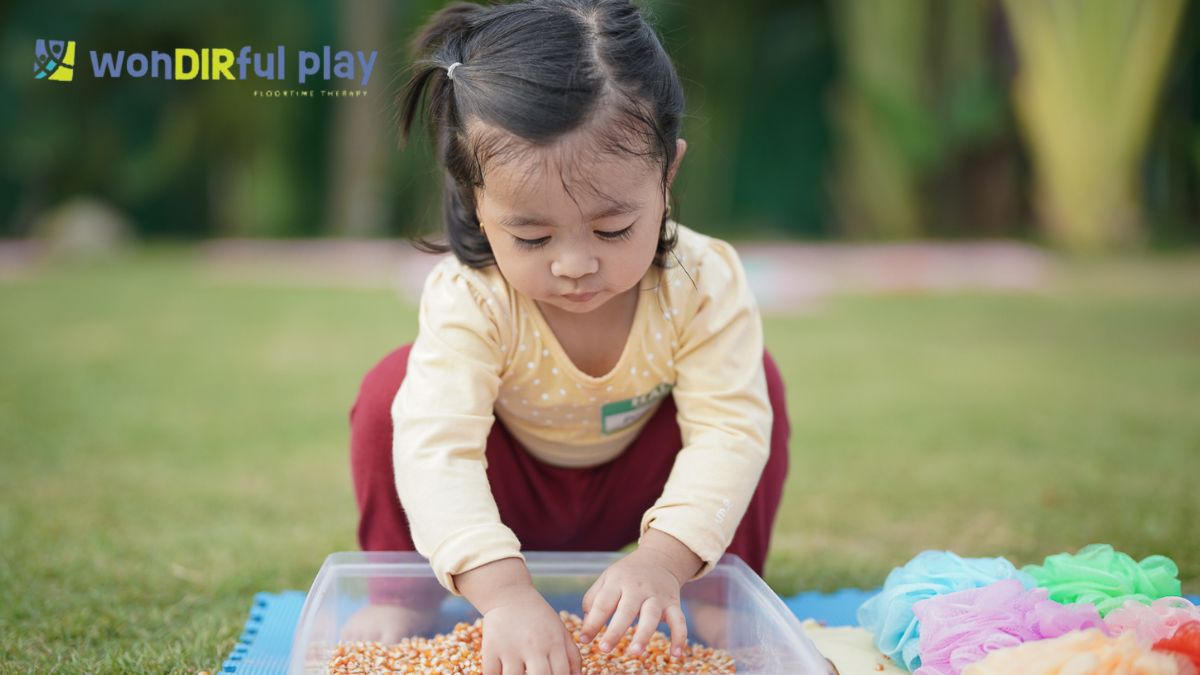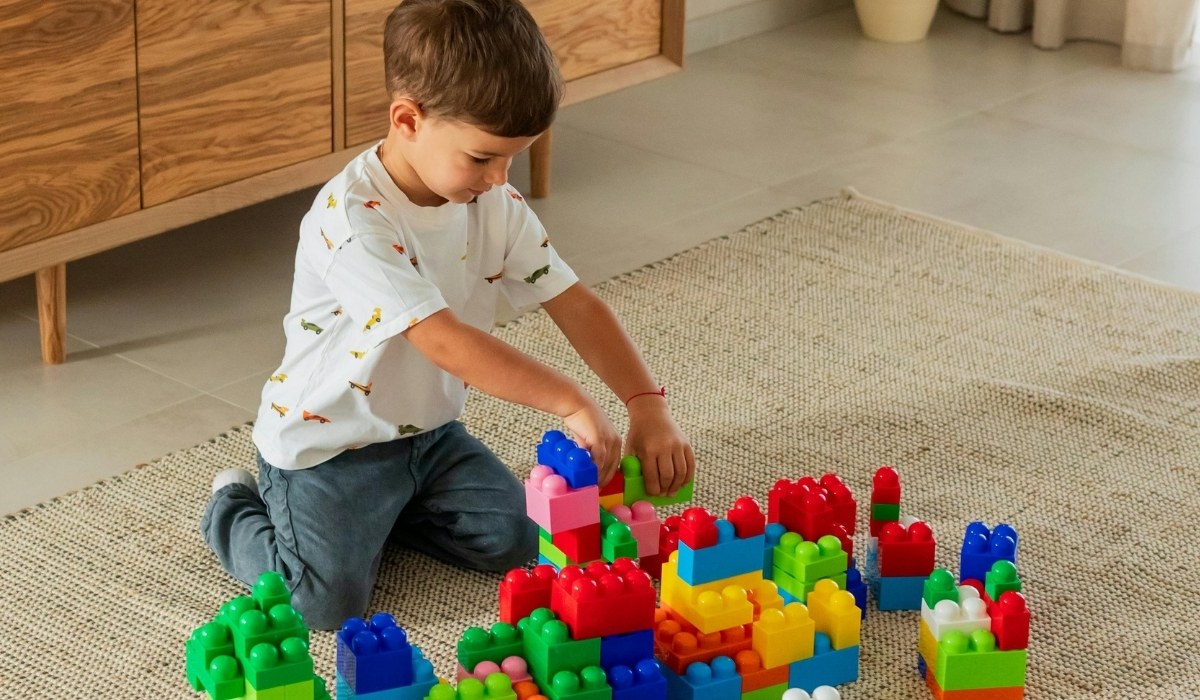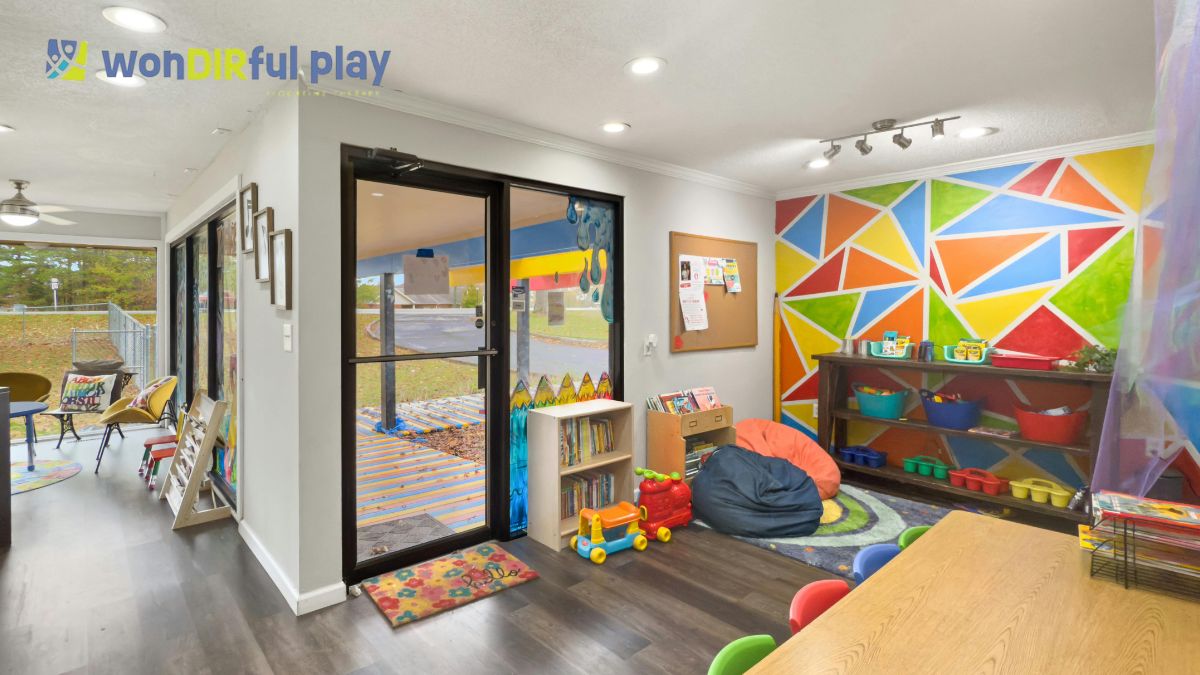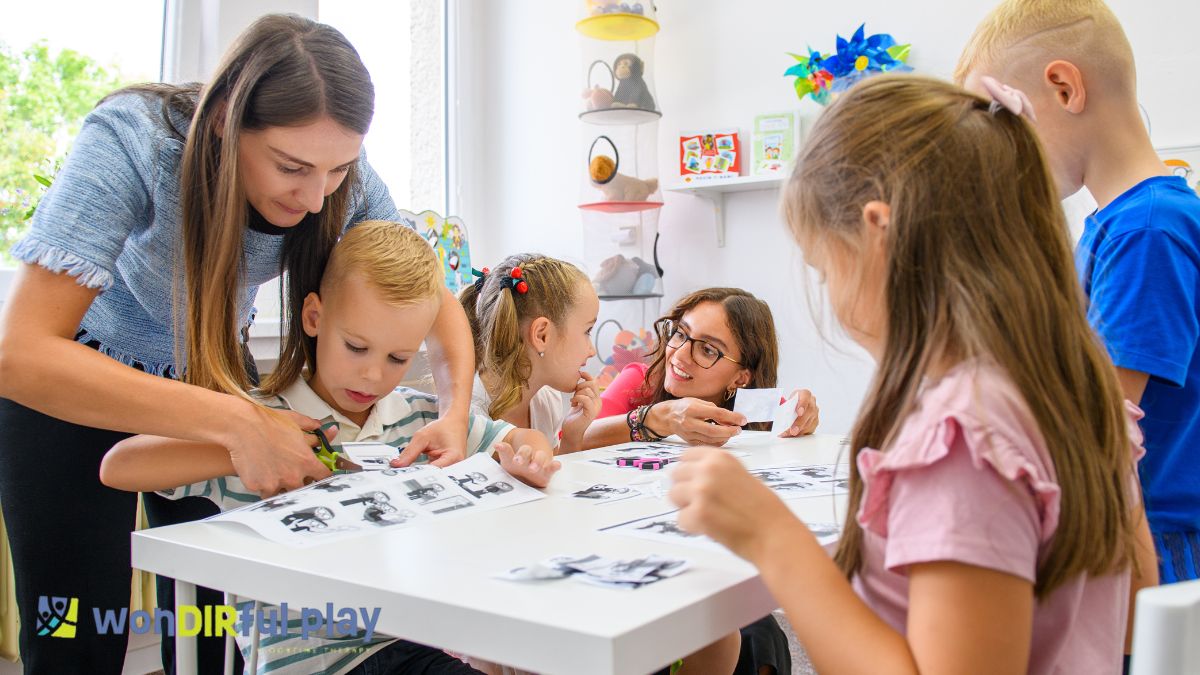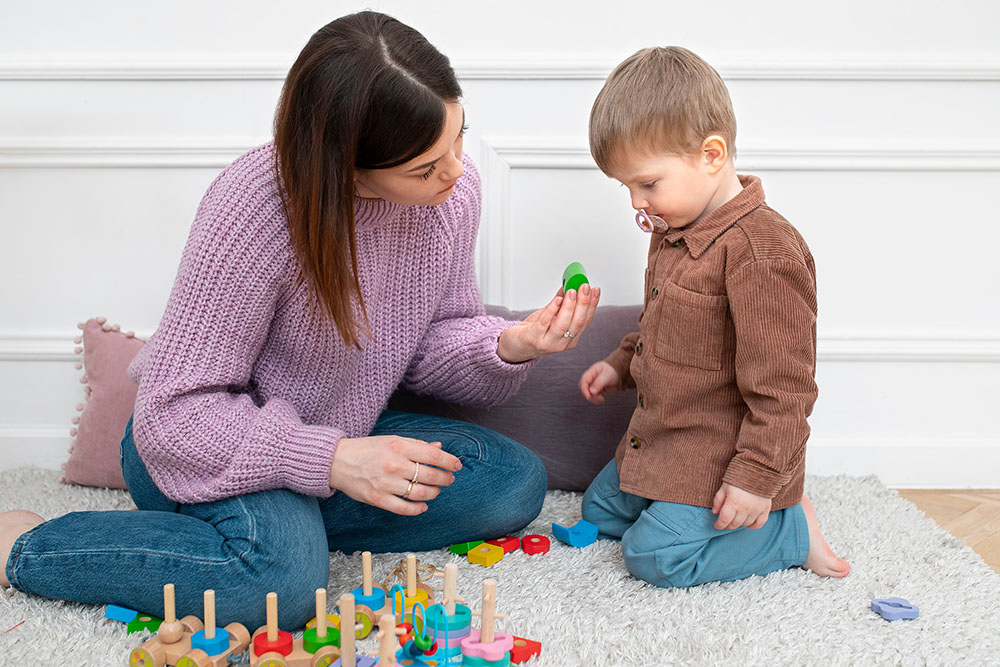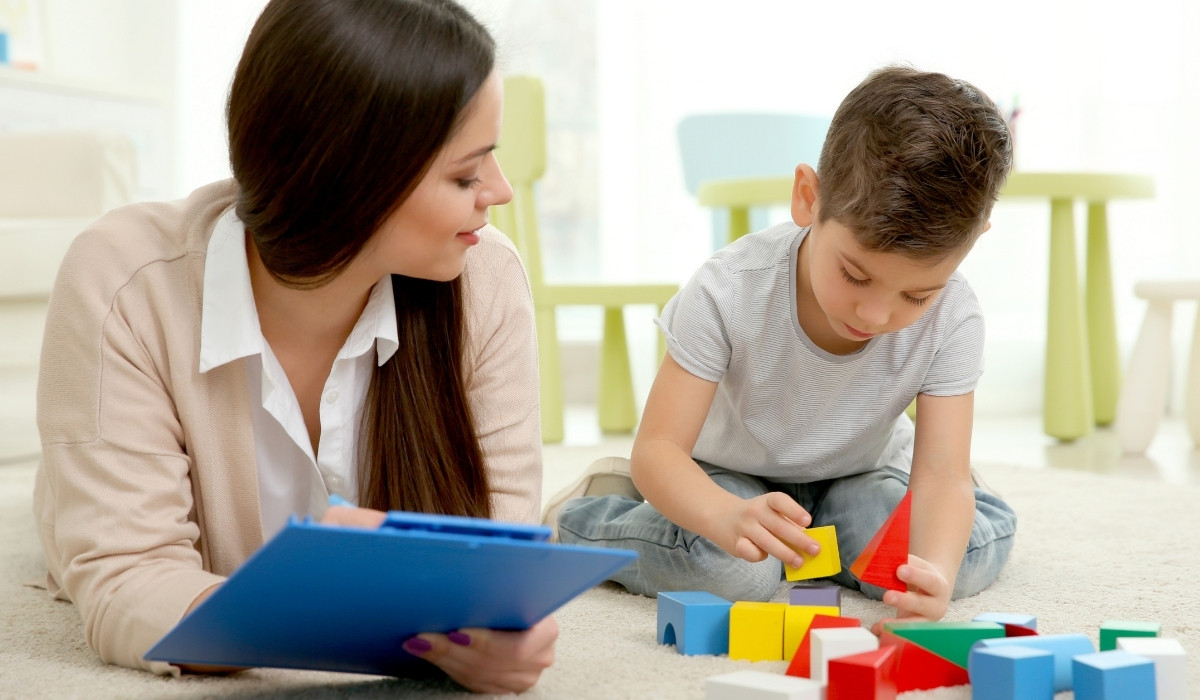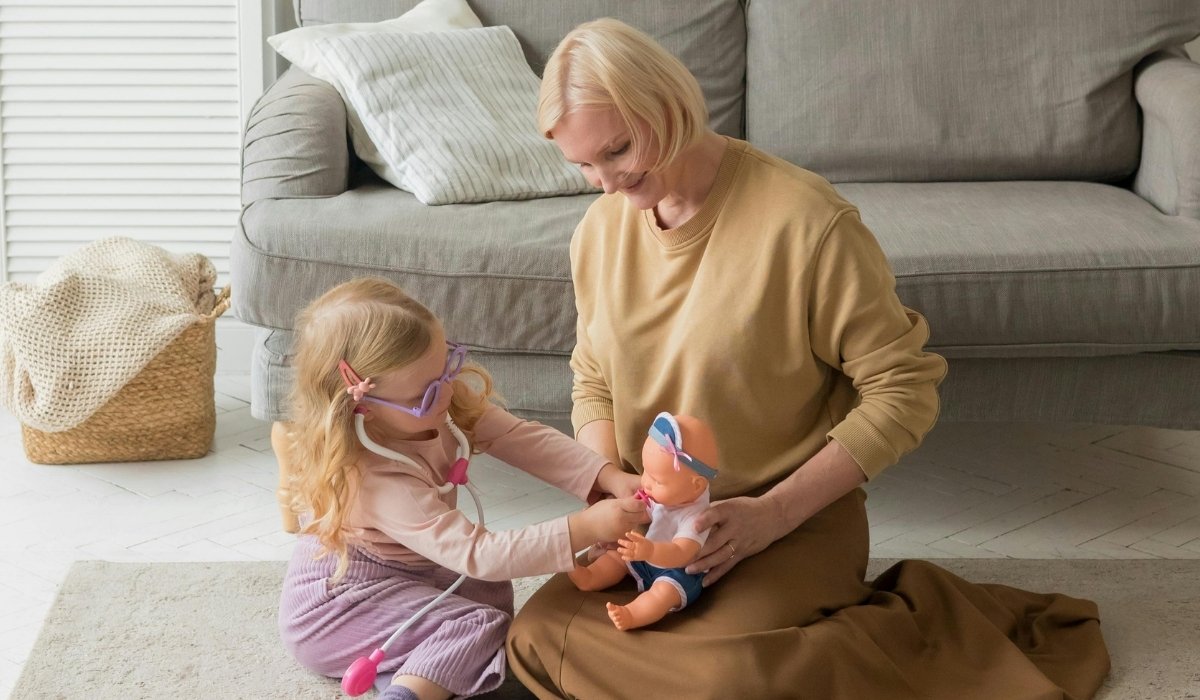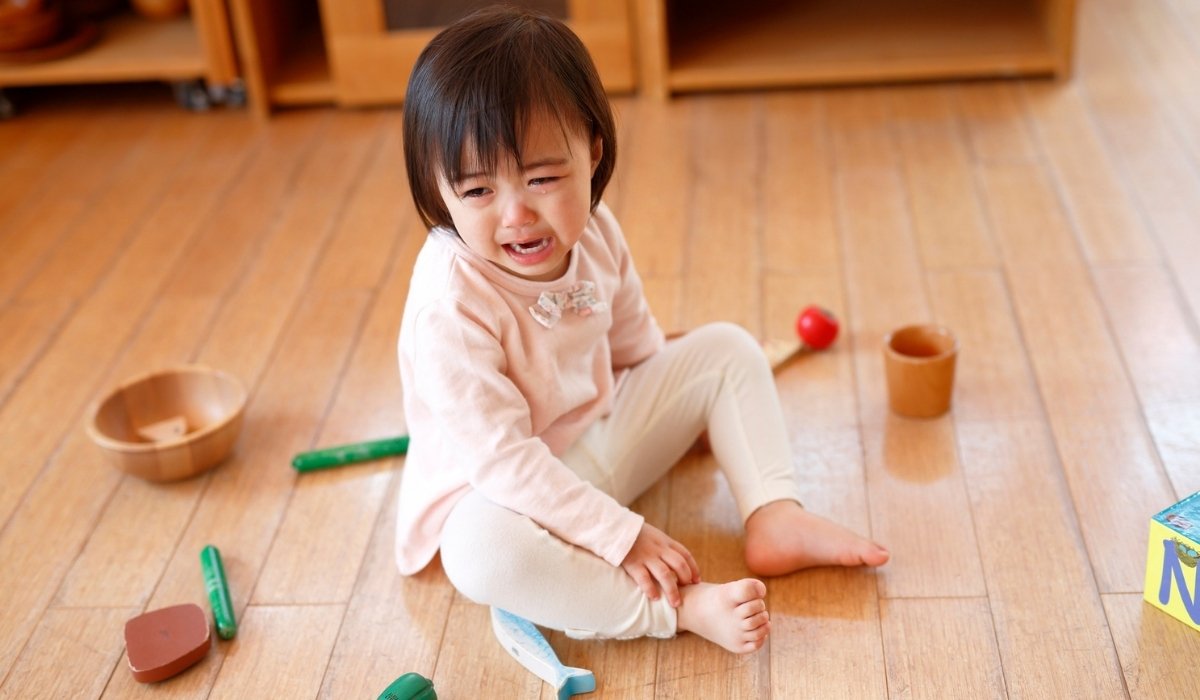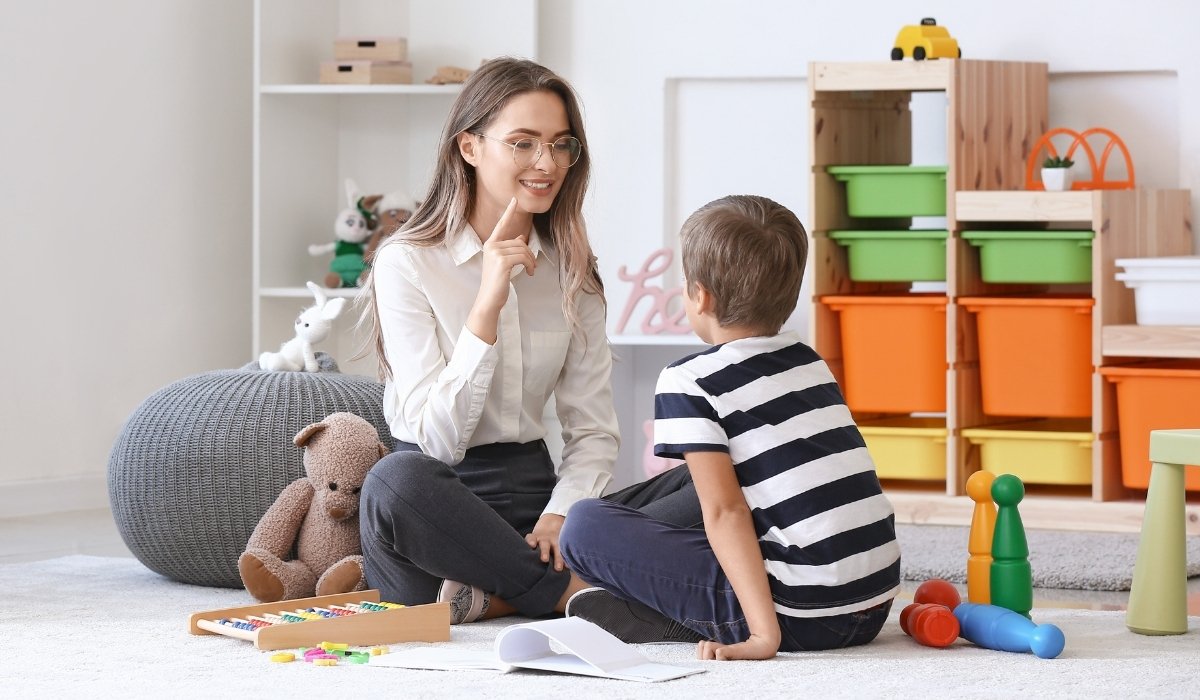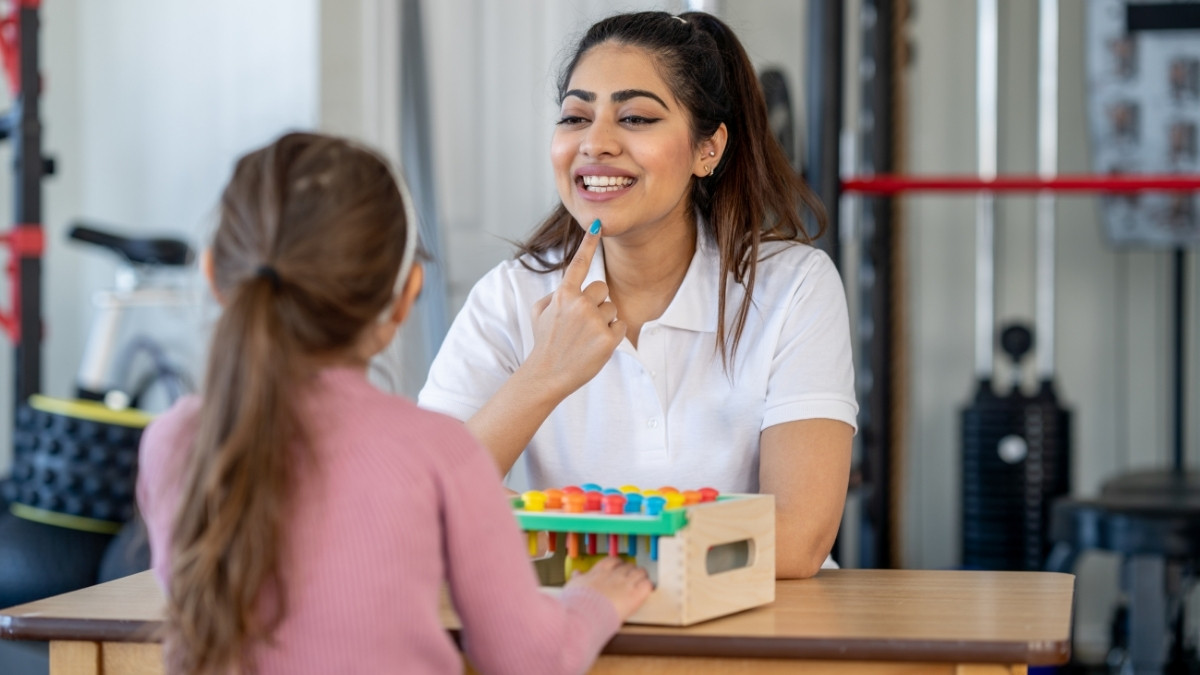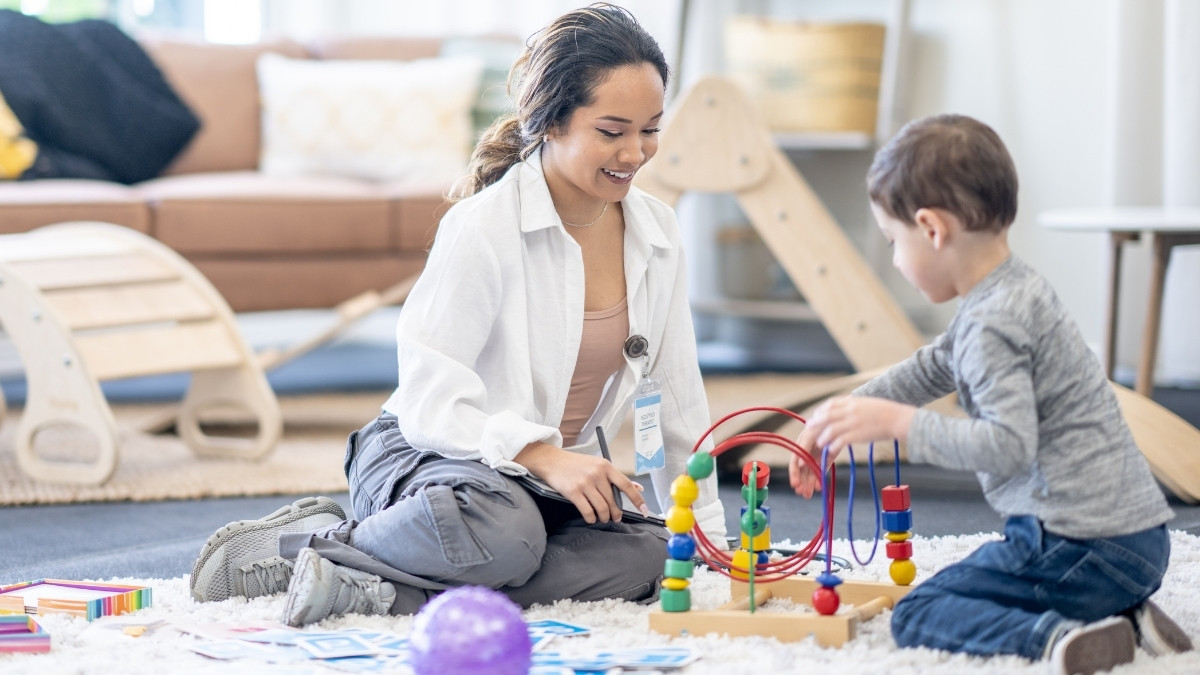When To Switch From ABA To DIR Floortime: What Parents Should Know
October 31, 2025
Learn when to switch from ABA to DIR Floortime, key readiness signs, and how to transition smoothly for your child’s emotional and developmental growth.
-ink.jpg)
Key points:
- Knowing the right time to transition from a structured behaviour-based approach to a developmental, relationship-led model can optimise your child’s growth.
- Understanding what prompts indicate readiness will help you choose between continuing Applied Behavior Analysis (ABA) or shifting to DIR/Floortime.
- A thoughtful switch doesn’t mean abandoning one for the other entirely, it can mean combining strengths of both to meet your child’s changing needs.
Many parents start with ABA therapy hoping for clear routines and measurable progress, but over time, some begin to sense something's missing. Their child may meet goals but still struggle with emotional connection, flexibility, or joy in learning. That's when parents begin to explore DIR Floortime, a developmental, relationship-based model that looks beyond behavior to understand why a child acts a certain way.
DIR helps children build trust, curiosity, and communication by following their natural interests and rhythms. In this guide, we'll help you recognize when it may be time to transition, what changes to expect, and how to ensure a smooth, supportive shift for your family.
Understanding ABA and DIR/Floortime
-ink.jpeg)
Before deciding when to switch, it helps to clearly understand how ABA and DIR/Floortime differ in philosophy and outcomes.
ABA is a behaviour-analytic approach anchored in the science of learning: target observable behaviours, break them into small steps, apply reinforcement to encourage progress. Studies show it is a well-established evidence-based practice for improving communication, adaptive behaviours and decreasing challenging behaviours.
DIR/Floortime (Developmental, Individual-difference, Relationship-based) emphasises emotional connection, following the child’s lead, and building the foundations of regulation, relating, back-and-forth interaction and symbolic thought.
Research suggests it can improve developmental capacities, attachment and social-emotional growth.
One summary of differences:
- ABA = therapist-led, structured, data-driven, skill-acquisition focus.
- DIR/Floortime = child-led, play-and-relationship-based, developmental process focus.
Understanding that both aim to support children but from different angles is vital.
Indicators it may be time to transition
There is no universal “age to switch” from ABA to DIR/Floortime; rather, certain markers in your child’s progress and context suggest that a shift may be beneficial. Here are eight key indicators:
1. Strong foundational skills in place
If your child has made steady gains in responding, complying with structured teaching, basic communication or self-care tasks via ABA, then the structured part may be well underway. At this point the focus can evolve toward deeper relational, emotional or symbolic thought development.
2. Behavioural challenges have stabilised
If the problematic behaviours (e.g., aggression, self-injury, extreme rigidity) that were interrupting learning have reduced significantly thanks to ABA, then less time might be needed in purely behaviour-reduction mode, opening the door to growth-oriented work.
3. Child shows readiness for more naturalistic interaction
Signs like more spontaneous communication, desire for interaction, engagement in shared play, interest in peers or wanting more autonomy suggest your child could thrive in a less structured, more child-led environment. DIR/Floortime capitalises on such readiness.
4. Family prioritises relationship and flexibility over “task completion”
If you as a parent are seeking not just skill-acquisition but deeper emotional engagement, stronger attachment and more holistic development (not simply compliance or output), that aligns more with DIR/Floortime's philosophy.
5. The structured format is beginning to feel limiting
Some children may appear to plateau in ABA: progress slows, or sessions become less engaging because they are too repetitive or feel disconnected from real-life play or interests. That may signal time to blend in or transition toward more play-based interventions.
6. You’re ready for parent-led involvement and generalisation
DIR/Floortime heavily involves caregivers in everyday play and natural interactions. If you’re ready to take a more active role, lead sessions in the home or community, and integrate therapy into daily life, it may signal a shift. Learning how parents can use DIR Floortime techniques at home is essential for this transition.
7. The professional team recommends evolving the plan
A strong therapist or team will monitor progress and suggest when the next phase should focus more on emotional, relational and cognitive complexity rather than only behaviour change.
8. Your child’s development needs are evolving
As your child grows older or enters new settings (school, peer interactions, community activities), the initial model of behaviour-focus may no longer suffice alone. Broader social-emotional skills and self-regulation matter more.
How to manage the transition effectively
-ink.jpeg)
Switching from ABA to DIR/Floortime doesn’t mean abandoning one for the other entirely. In many cases the approaches can complement each other. Here are practical steps:
Conduct a reassessment
Have your team review the goals achieved under ABA, current strengths, remaining challenges, and developmental targets (regulation, engagement, two-way communication, symbolic thinking). DIR has defined milestones that help guide progress.
Design a hybrid or phased plan
Rather than an abrupt switch, consider blending approaches: maintain some targeted skill sessions (ABA) while introducing more DIR/Floortime blocks focused on play, relationship and emotional learning. This gradual blending helps maintain momentum while shifting focus. Read more about the first month of switching from ABA to DIR to understand what to expect.
Train caregivers in DIR/Floortime strategies
Parent involvement is central. Training you to lead simple "floortime" sessions at home, following the child's lead, building circles of communication and emotional connection is key. Discover DIR Floortime parent training opportunities to enhance your skills.
Monitor outcomes with meaningful metrics
For DIR/Floortime you’ll want to look less at “X skills mastered” and more at things like: how often your child initiates play, shares attention, engages in two-way interaction, shows emotional initiative. Learn about measuring progress in DIR Floortime through various assessment tools. Document these in home-videos or journals.
Keep communication ongoing with your therapy team
Check in regularly: Are behaviours maintained? Is there progress in emotional connection? Are school or social settings improving? Be ready to shift back or adjust intensity of structured ABA if needed.
Recognise that progress is non-linear
DIR/Floortime emphasizes full human development and is less rigid than ABA, so expect varied progress, plateaus or leaps. Be patient and focused on the relational journey as much as the output.
Pitfalls to avoid when making the switch
- Don’t assume DIR/Floortime will immediately replace all structured skill-teaching; for some children continuing behaviour‐based work is still necessary.
- Avoid “going lighter” just because you want a more relaxed feel; fewer hours of therapy may mean slower progress unless the focus is well-coordinated.
- Don’t neglect data: even though DIR/Floortime is less data‐intensive than ABA, you still need to track meaningful indicators of social-emotional and developmental growth.
- Be cautious of switching too early: if core behavioural or communication deficits remain unaddressed, jumping to play-based work may leave gaps.
- Ensure your therapy providers are trained in DIR/Floortime and familiar with its milestone model, not simply “playtime with a child”. Find out how to become a DIR Floortime therapist to understand proper certification standards.
Final considerations for parents
-ink.jpeg)
Every child is unique; what works for one may not suit another. The decision to switch from ABA to DIR/Floortime should be grounded in your child’s observable readiness, your family’s values, and a realistic plan for the shift. Keep asking:
- Are the child’s needs evolving beyond what the current model addresses?
- Are we ready as a family to engage more fully in naturalistic, relational work?
- Do we have professionals who can guide the transition and monitor progress thoughtfully?
By staying involved, informed and flexible you ensure that whichever therapy you choose, or whichever blend you adopt, the goal remains consistent: supporting your child to thrive not just in measurable skills but in connection, communication and meaningful life-growth.
Explore what makes DIR Floortime effective and learn about the benefits of DIR Floortime for autism to make an informed decision about your child's therapeutic journey.
FAQ
Is it okay to continue ABA while starting DIR/Floortime?
Yes, many families use a hybrid approach: keep structured ABA sessions for skill focus, while gradually increasing DIR/Floortime for relational and emotional development. This can ease the transition.
At what age should I consider switching to DIR/Floortime?
There is no fixed age. The right time depends on the individual child: when behaviour challenges are stabilised, foundational skills are in place and interest in relational play and communication is emerging.
What if my insurance or service provider only covers ABA?
If DIR/Floortime is not covered, you can still incorporate the principles at home: follow your child’s lead in play, focus on emotional connection and involve caregivers. Meanwhile, maintain the structured services you have.
Make the Switch to Connection-Focused Growth
If your child's therapy progress feels mechanical or motivation is fading, it may be time to consider a more individualized, relationship-driven approach. At WonDIRfulPlay, we specialize in helping families transition from ABA to DIR Floortime with care, clarity, and confidence. Our team creates personalized roadmaps that honor your child's strengths while rebuilding joy in communication and shared play.
With expert coaching and hands-on guidance, you'll see how shifting from compliance to connection can reignite engagement at home and in therapy. Schedule a consultation today to explore whether this transition could unlock the next stage of your child's development.
Recent articles




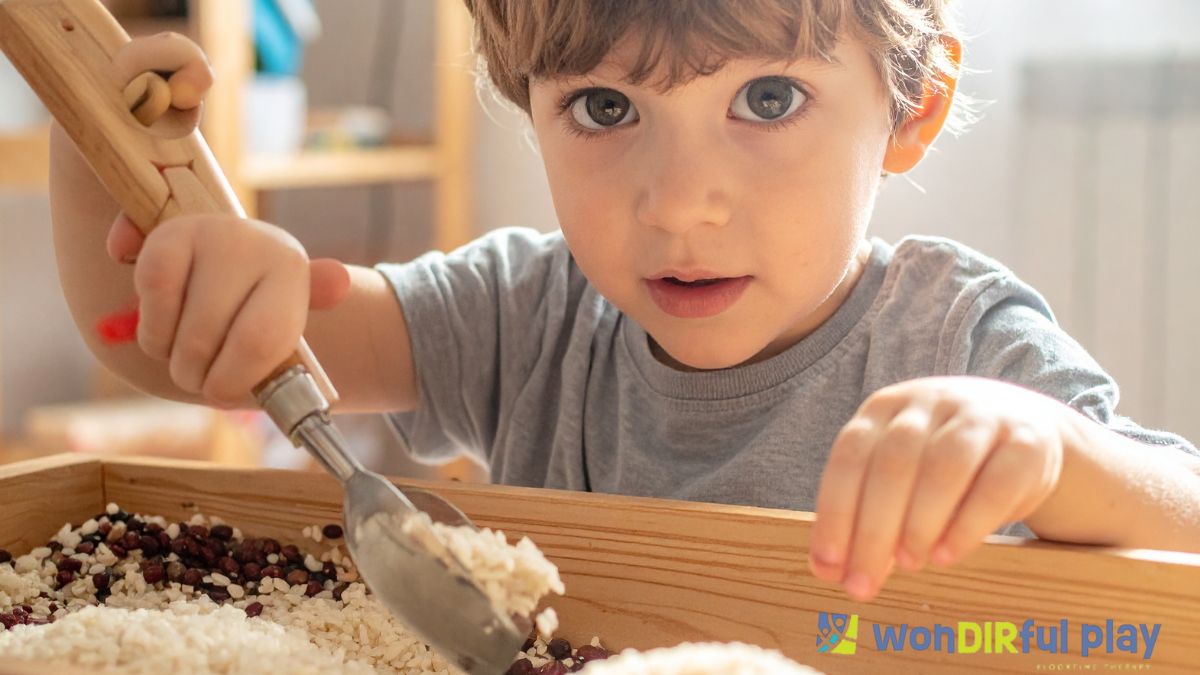
-ink.jpeg)
-ink.jpeg)
-ink.jpeg)
-ink.jpeg)
-ink.jpeg)

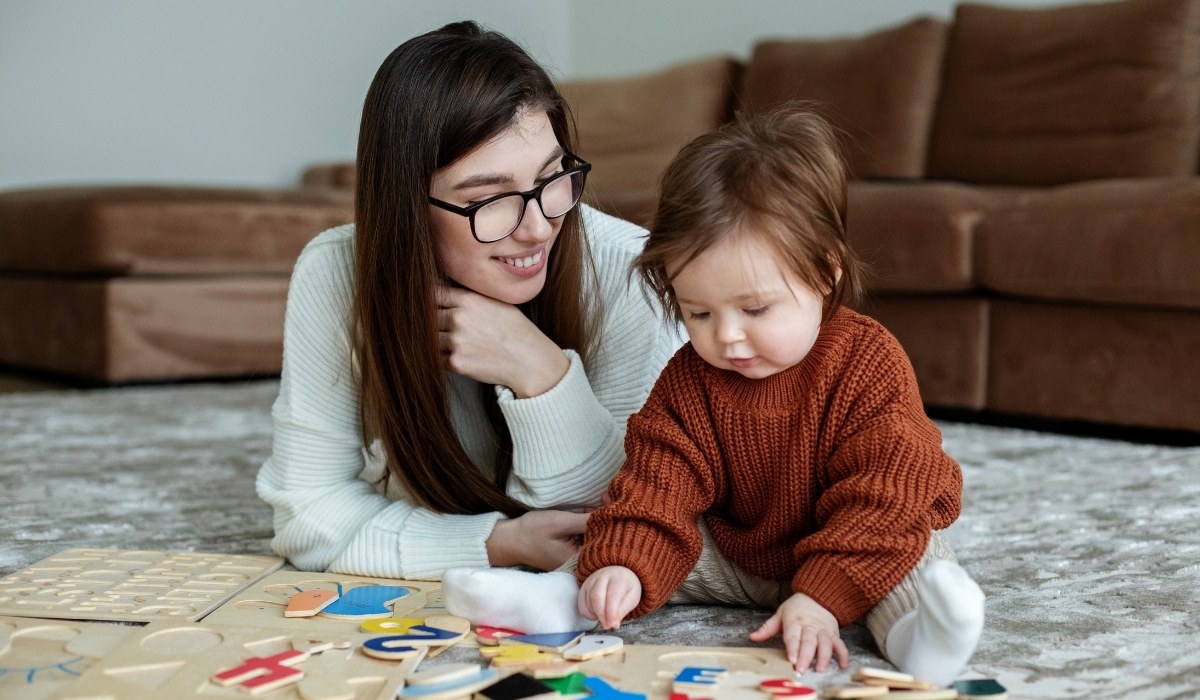
-ink.jpeg)

-ink.jpeg)
-ink.jpeg)
-ink.jpeg)
